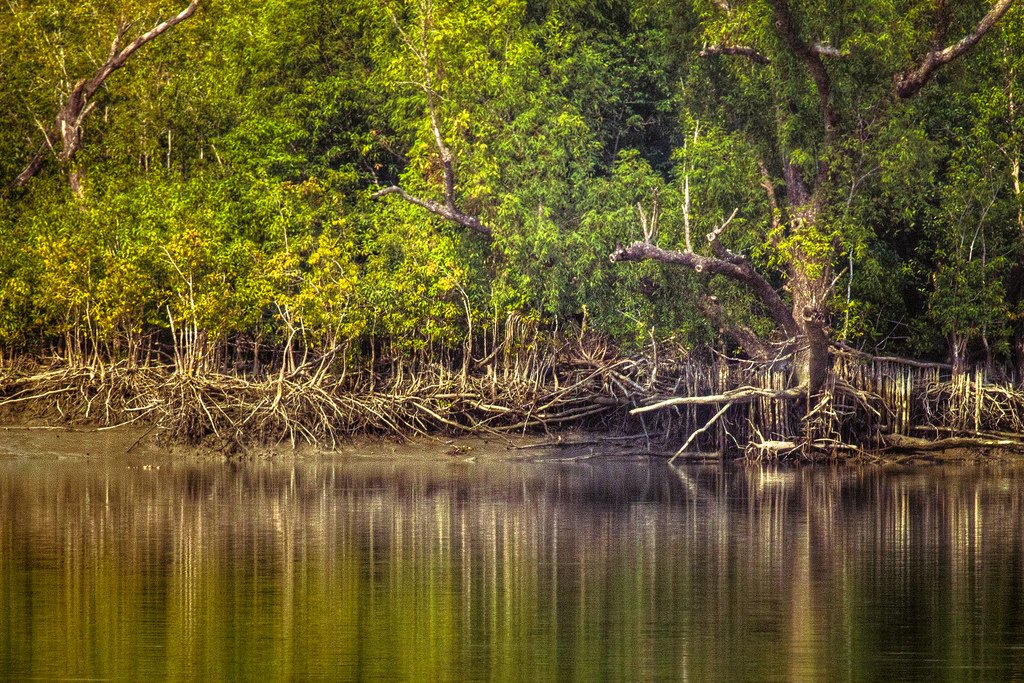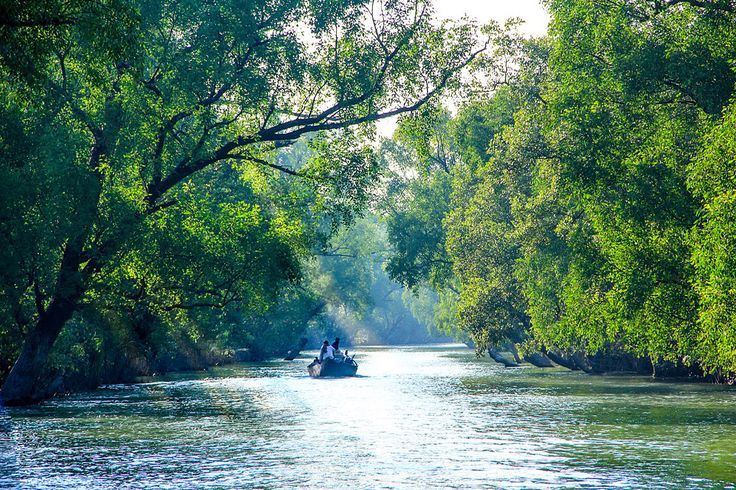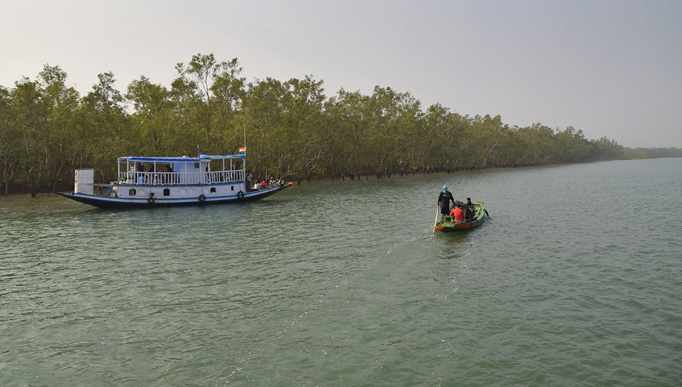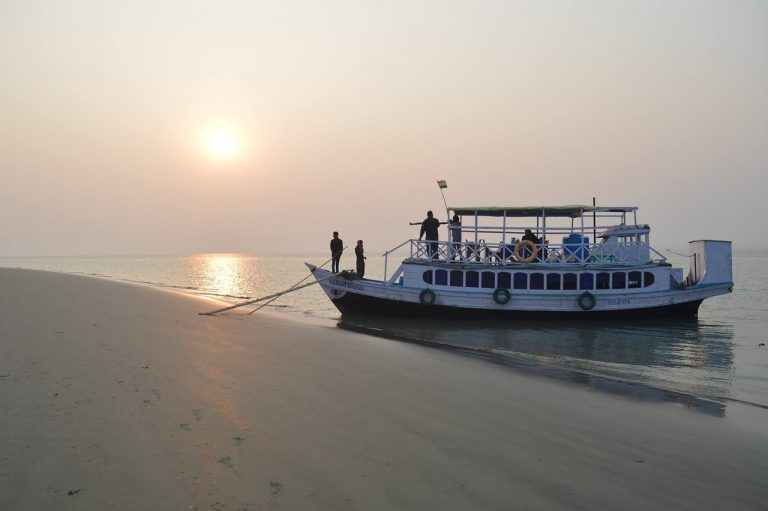The Sundarbans stand as one of the largest mangrove forests in the world and lies in the delta of the Ganges, Meghna, and Brahmaputra rivers on the Bay of Bengal.
The Sundarbans have been a top-visited place for many nature lovers and travel enthusiasts who find their joy in staying in the lap of nature.
A place is a beautiful place that has also been selected as one of the World Heritage Sites in the year 1987. The extensive range of flora and fauna that can be found in and around this place is hard to find in the world.
Read this article below to learn why Sundarbans is recognized as a World Heritage Site and a few additional information that might deem necessary.
Why is Sundarbans called a World Heritage Site?

The mangrove forests of the Sundarbans are undoubtedly home to various kinds of birds, reptiles, and animals, which are rare to find globally.
It is noted as a world heritage site because globally endangered species can often be found in and around this place.
Some of them include the Royal Bengal Tiger, Irawadi and Ganges dolphins, estuarine crocodiles, and the critically endangered endemic river terrapin (Batagur Baska).
Another amusing fact that has led to this being noted as a world heritage site is the presence of Panthera tigris species in a mangrove habitat.
A place like this can surely be hard to find around the globe, thus giving a valid reason for the honor of being a world heritage site.
Some other facts about Sundarbans that make it stand out from the rest.
An enormous amount of biodiversity found in both terrestrial and marine environments has continued to attract several visitors and tourists all around the globe.
The area has the biggest delta, which subsequently supports a wide range of habitats of hundreds of aquatic, terrestrial, and amphibian species. Sundarbans is also known for its ‘Sundari trees‘, which is the most dominant tree species of the Sundarbans.
Sundarbans is composed of three different wildlife sanctuaries, which have made a history of effective national legal protection for the land, aquatic, and forest environment since the 19th century.
The Sundarbans have acted as a protection shield against numerous natural calamities such as storms, cyclones, tidal surges, seawater seepage, and intrusion. As a result of such protection, millions of people have saved their and their loved ones’ lives several times.
Sundarbans – A legacy!
The Sundarbans are completely worthy of all the attention and limelight they receive from the globe. Its unparalleled beauty and attraction are hard to describe in words and can only be unraveled by going on trip with a Sundarban tour operator.
Every sound, chirp, and sight can imprint memories in your brain which will be hard to forget.
Once you visit the place, you are bound to feel like a part of them. It’s a place worth visiting if you have not already!






